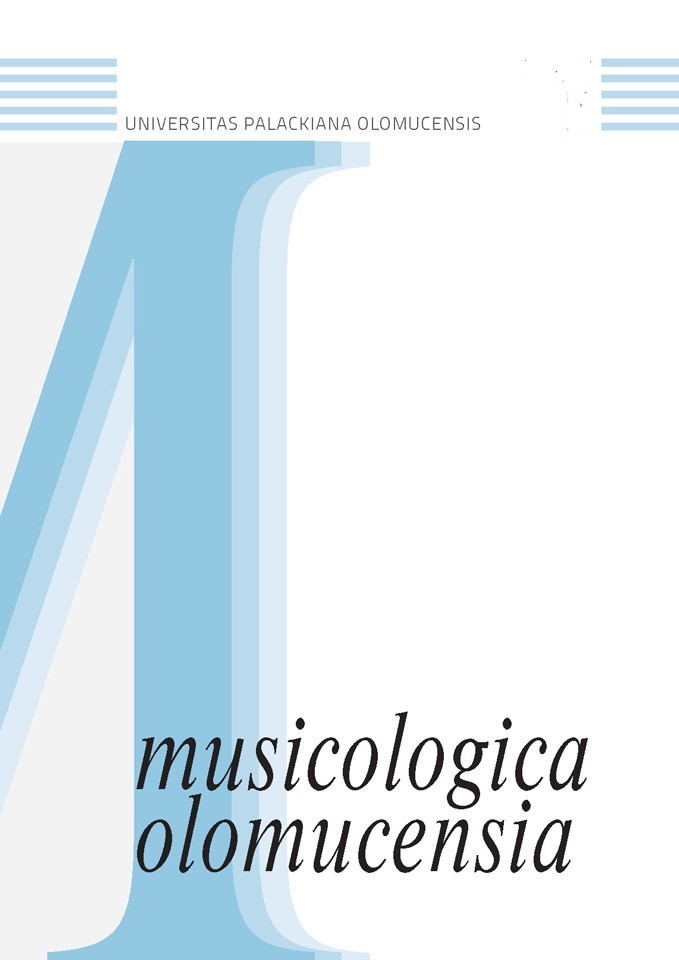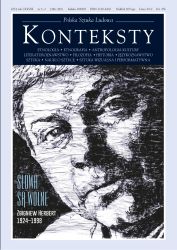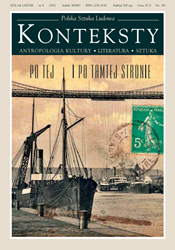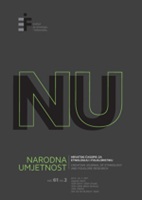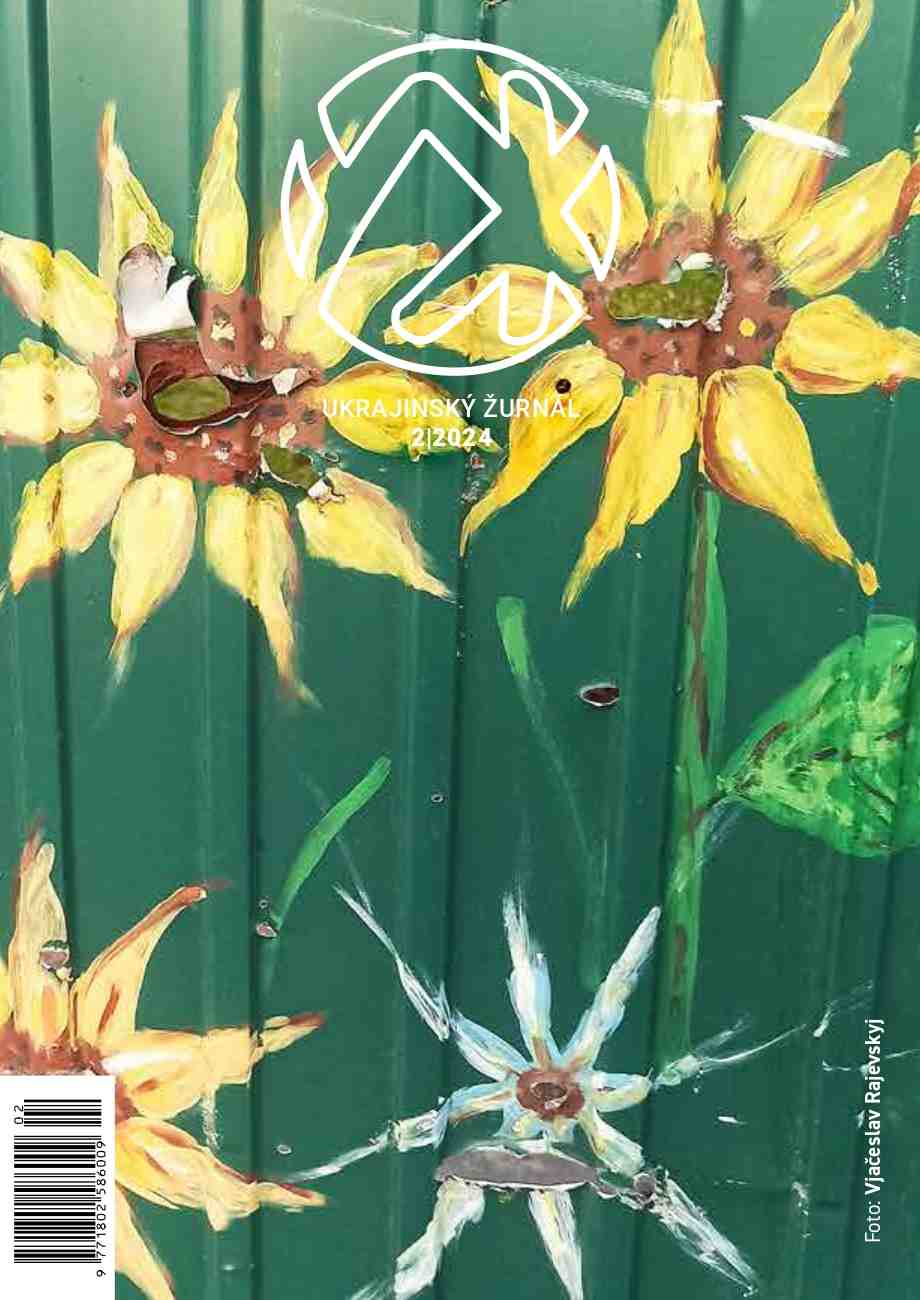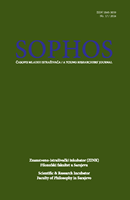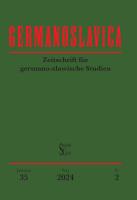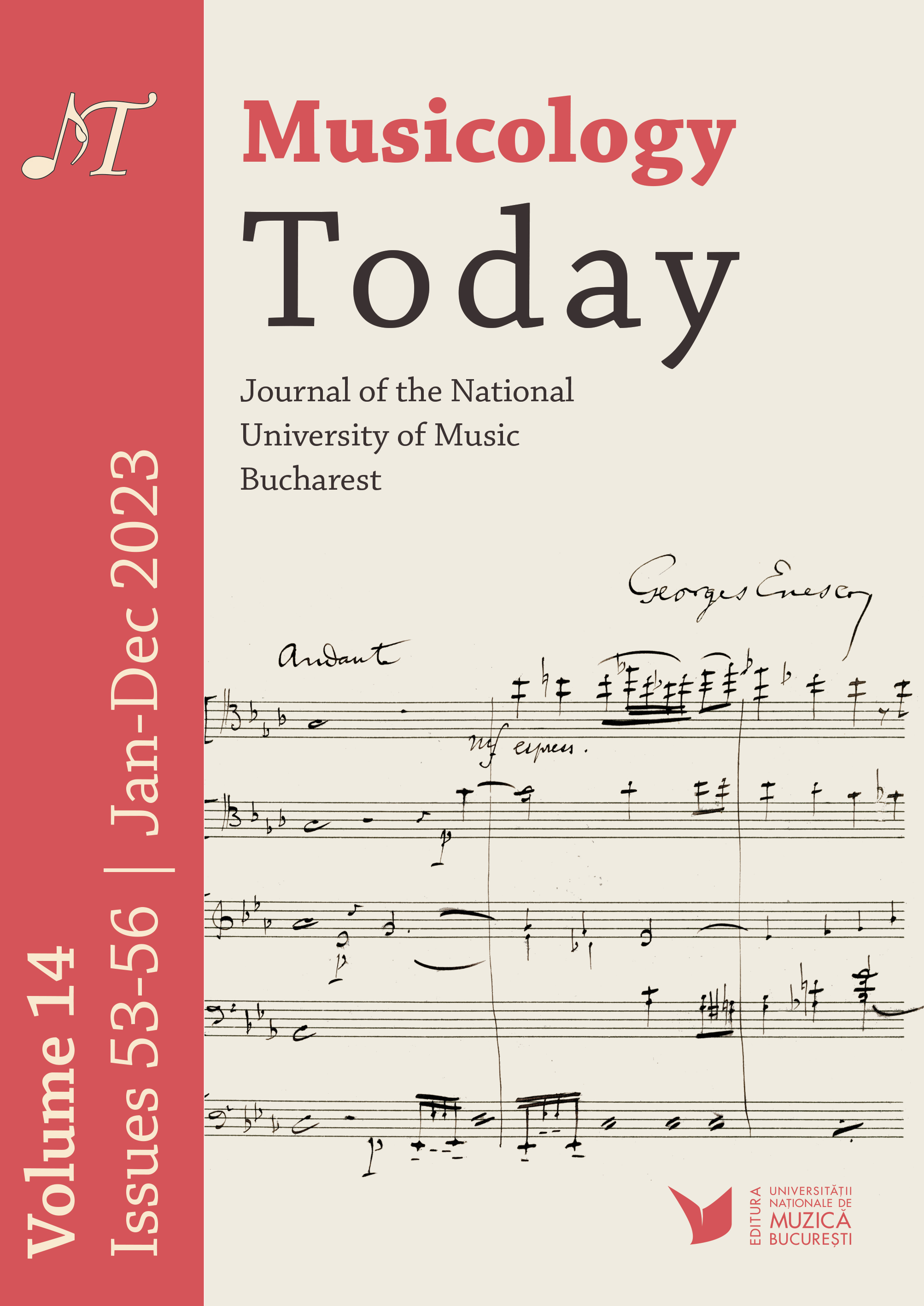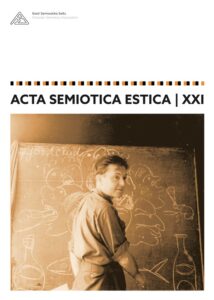Author(s): Naďa Hrčková / Language(s): German
Issue: 1/2005
Throughout the twentieth century there have been significant dramatic changes in opera: to its episodization (Stravinsky) or, on the other hand, to the movement of the center of gravity from mimesis to the revealing of the inner world of the characters. Under the influence of theatrical poetics there occurred the fracturing of plot, the simultaneous overlapping of various chronological levels. Starting in the 1970s, there was a modern and postmodern disillusionment with a "world without borders," whose vision in the crooked mirror of absurdity, of the grotesque, and political machinations and Dadaist-parody play. Artists in the East were likewise interested in the reinstatement of Communist regimes after the Soviet invasions and in parody of totalitarian government and leaders. Two expressionist operas that are similar (though different with regard to dramaturgy and history) testify to this fact: Hostina by Juraj Beneš (1980) and Černá maska by Krzysztof Penderecki (1986). Both operas have a historical basis and the action, past and present, rational and irrational, constantly overlap and are the key to understanding the present. In Beneš's opera, on a text by P.O. Hviezdoslav, biblical times of two Herods overlap - Herod in the opera is, however, the timeless character of a hysterical and paranoid dictator. Penderecki's opera maintains the unity of time and space - the spiral of events and scenes in Hostina take place as a permanent "alienation" in different time periods, spaces, in reality and dreams. Nevertheless, it does not produce confusion for the viewer. Hostina is not, however, like Černá maska, an uninterrupted danse macabre. In the spirit of the poetry of Hviezdoslav, the composer selects the struggle of evil on one side (Herod) - and on the other, in the characters of Rachel and Jochanan, the struggle of good, sacrifice, truth, and purity.
More...


